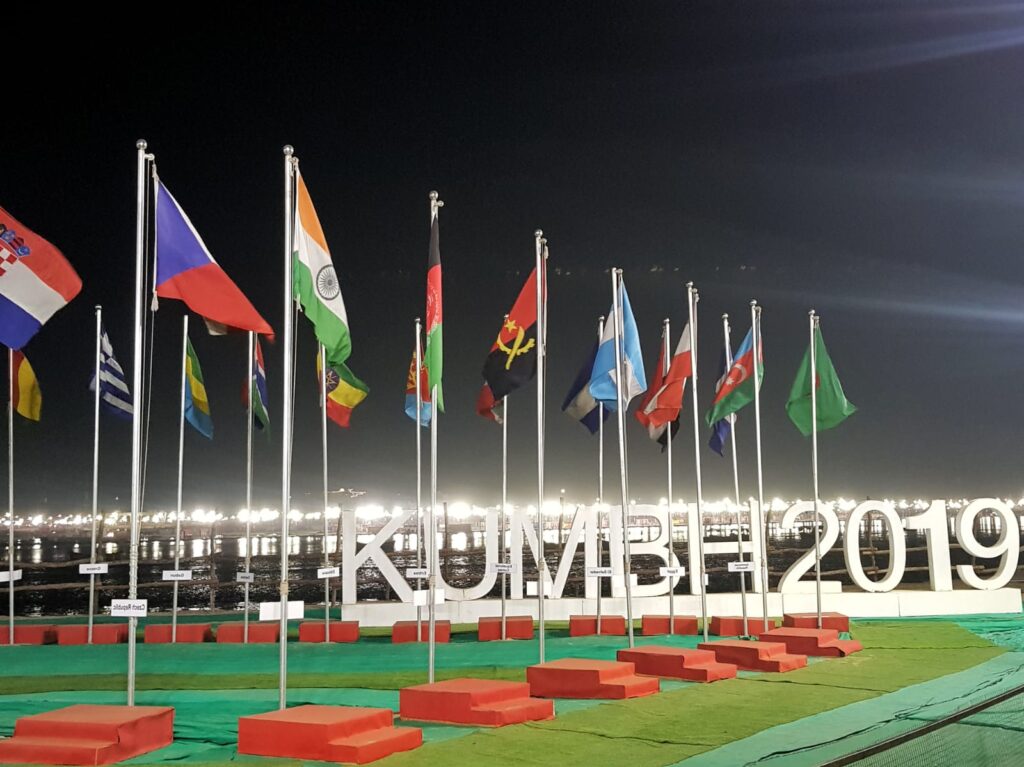
In 2019, Kumbh Mela was held in Prayagraj, Uttar Pradesh, India. Over 150 million people attended the event, making it the largest human gathering in history. The Indian government, for the first time, deployed several AI-powered technologies to help manage the massive crowds and ensure public safety.
- Camera systems were set up that used facial recognition software to track the flow of people. This information was then used to help with crowd control and safety.
- Face recognition technology was used to identify VIPs and track criminals.
- Thermal cameras were used to monitor crowd density and prevent stampedes.
- Drones were used for surveillance and traffic management.
- And a mobile app named Kumbh Bot was developed, using Python programming language, to provide real-time information on everything from weather conditions to where the nearest medical facility was located. It also provided information about the different tents and melas, directions, and even booking accommodation.
- The 2021 Kumbh Mela saw police using AI to catch those flouting Covid-19 norms during the mela.
Looking ahead to Maha Kumbh 2025, which is expected to be even larger than the 2019 event, the Uttar Pradesh government has announced plans to use even more AI-powered technologies. These include facial recognition-enabled e-passes, contactless payment systems, and a dedicated AI command centre that will help coordinate all the different AI applications used during the event. What seems far-fetched but is possible are the holographic preachers, interactive displays, and even robots serving food and drinks!